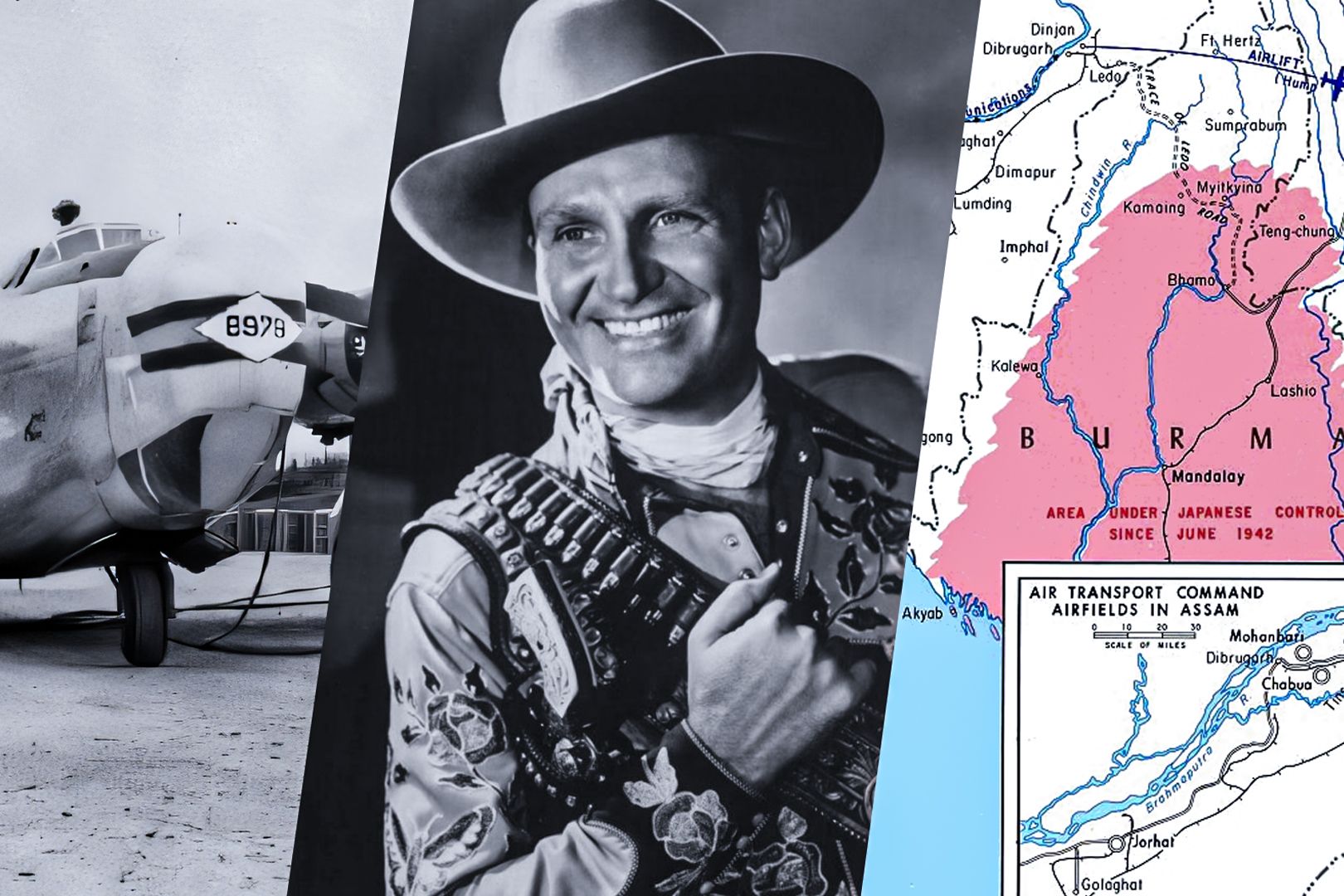Summary A major country music artist, Gene Autry transitioned from superstardom to serving as a USAAF tech sergeant during WWII. Autry's popular songs and successful movies augmented his career. He enlisted in WWII as a flight officer and served in 'The Hump.
' After WWII, Autry resumed his music and movie career, earning numerous distinctions, including five stars on the Hollywood Walk of Fame. Gene Autry, the Singing Cowboy, is regarded as the second most influential artist in developing country music. In addition to his impressive musical career, he hosted the Gene Autry Show and acted in over a hundred movies.

Most of these aircraft became the primary combat aircraft for global air forces during World War II. He owned a television station and several radio stations in Southern California. Like Tyron Power, another person in the creative arts industry who served during World War II , Gene Autry also served in the second of the great wars of the twentieth century.
In this article, we will look at his contributions to the war. From superstardom to serving in war Autry's career in the movie industry and his career as a musician flourished side by side. One can argue that his career in music helped his movies flourish and vice versa.
Autry's records have sold over a hundred million copies. These include more than three hundred songs (co) written by him. Some of the most famous of these include: That Silver-Haired Daddy of Mine, released in 1932.
South of the Border (Down Mexico Way), written for a movie released in 1939. Tweedle-O-Twill, released in 1942. However, Autry started his movie career long after making his mark in the music industry.
Despite only starting out in the movie scene in 1934, he was listed in the Motion Picture Herald Top Ten Money-Making Western Stars poll "every year, from the first poll in 1936 to 1942 and 1946 to 1954". The second of these polls included the time he was serving in the United States Army Air Forces (AAF). Enlisting into World War II In the third year of World War II, Autry enlisted in the United States Army.
He was a tech sergeant in the United States Army Air Corps and held a private pilot license (PPL). These aircraft played a pivotal role in shaping the outcome of the war The Sergeant Gene Autry Show After Gene was sworn into the military, the Gene Autry Melody Ranch radio show was renamed the Sgt. Gene Autry radio show.
The same show, but with a new title, aired on August 2, 1942. It was noted by geneautry.com that : "The program was part of Gene’s regular duties in the Army Air Forces and still had his music, comedy, and action in a dramatic story but now with a military theme.
The songs were patriotic, the comedy based on military life as a soldier, and the stories were dramatization 'based upon an actual incident recorded in the files of the United States Army Air Forces, and characters were portrayed by a cast of professional actors.'" Surprisingly, many shows were "broadcast from Luke Field in Arizona with an audience of soldiers stationed there." The Sgt.
Gene Autry show ended exactly a year later after its debut. After Sgt. Gene Autry Show His affinity for flying led him to become a military pilot.
He earned his Service Pilot rating in June 1944. On June 21, 1944, Capt. Herb Dailey swore Autry in as a flight officer.
The ceremony took place in Love Field, Texas. His basic training took place at the Santa Ana Air Force Base. He later served at the following US air bases: Luke Field, a USAF air base in Maricopa County, Arizona Thunderbird Field, a USAF air base in Glendale, Arizona Phoenix Airport Later, he was assigned to a unit of the Air Transport Command.
After achieving the rank of flight officer, he served as a C-109 transport pilot, where he took part in "the Hump." But what exactly was "the Hump"? The congregation of Allied pilots who served in the Second World War in operations over the Himalayas was known as "the Hump." The military pilots were assigned the task of flying military transport aircraft.
The USAAF didn't have special units adept at moving cargo then. A further complication was the fact that the USAAF didn't have airfields in the China Burma India Theater (CBI) to base a considerable number of aircraft. Even with the development of technologies that make flying safer, operating in the Himalayas is still challenging.
History has preserved Gene's performance as a part of the USAAF: "During that time, Gene performed duties as a pilot on cargo type aircraft including AT-6s, 7s and 11s, C-104s and C-109s. The C-109's were used to haul fuel in the China-Burma-India theater of operations. Flight Officer Autry made one trip to the CBI theater via the Azores, North Africa and the Middle East.
" Retirement and distinctions earned After the end of the war, " Autry was reassigned to Special Services , where he toured with a USO troupe in the South Pacific before resuming his movie career in 1946." Gene Autry earned quite a few distinctions after his service in World War II as a part of the Hump. After his military service, he released many hits and appeared in several movies.
His distinctions include: "Autry is the only entertainer to have all five stars on the Hollywood Walk of Fame, one each for Radio, Recording, Motion Pictures, Television, and Live Theatre/performance. He was a 33rd Degree Mason and Honorary Inspector General and was given the prestigious award of the Grand Cross of the Court of Honor." Some of the other awards he has earned include the following: Inducted to the Country Music Hall of Fame Los Angeles Area Governor's Emmy from The Academy of Television Arts & Sciences The Songwriters Guild Life Achievement Award Inducted to the National Association of Broadcasters Hall of Fame.



















